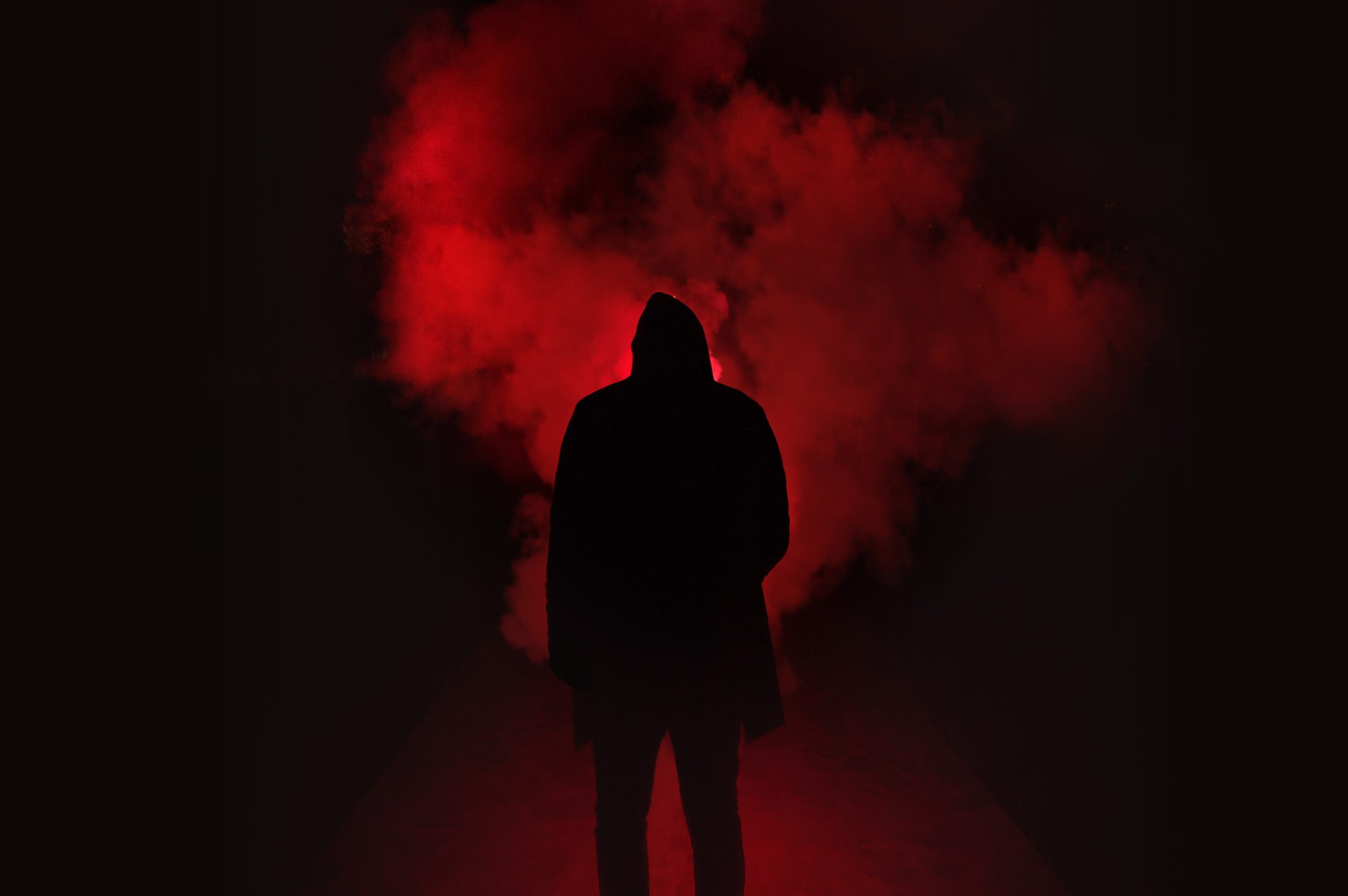My first ever horror movie left me with a life-long fear of cows. My friend and I had watched “The Exorcist” in her den, which was right above the cows in the family’s barn. The ensuing night of endless mooing was, to me, a sure sign of my impending possession by the Devil. I dared not watch another such film for many, many years.
Years later, I gingerly re-approached the genre with “The Vampire Diaries”; I had fallen hopelessly in love with its star, Ian Somerhalder, when he was on “Lost.” I stayed with the show because I found so much companionship in the vampire. I too was intensely pale because my body couldn’t cope with sunlight, I too felt ageless as I should have been in high school but wasn’t and, most importantly, as with the vampire, the core struggle of my life was that I didn’t have enough blood to function.
Other than the occasional teenage vampire show, however, I stayed far away from horror, believing real life to be frightening enough. I couldn’t imagine why I would invite any more fear into my world. But then a weird thing happened. An intense internship was exhausting me, physically and emotionally, but my heart problem still demanded hours of daily exercise. Challenged to deal with turbulent emotions and summon nonexistent energy, Netflix came to my rescue; a mysterious algorithm brought me to “American Horror Story,” “AHS.” While true aficionados may claim that “AHS” isn’t scary, I’d say that a 1990s school shooter, being confined to a 1950s “insane” asylum and possibly being murdered and left to lovelessly haunt an old hotel until the end of time are plenty distressing; they certainly gave me the adrenaline rush I needed to keep my heart working through that summer.
More striking was the surprising impact of horror on my emotions. It was purifying. “Catharsis” brings to mind classical Greek tragedy but I found it even more powerfully in melodramatic/melancholic horror stories. An hour running “through” someone else’s deepest fears left me able to face the day with less anger, less resentment and less weight on my heart. I began devouring horror books, films and psychologically terrifying television shows of a particular variety, not the overly gory but the psychologically terrifying. I found that I was comforted by dwelling with monsters; there was much I could learn from spending time immersed in society’s fears.
Over the last three years I have written a thesis on the Victorian gothic, weaving my way back to finding meaning in the vampire. I have had countless “American Horror Story” nights, where a friend and I watch anything, so long as it is scary. During the massive fires of 2018, a friend and I saw the midnight screening of “Donnie Darko” in San Francisco; at 2:00 a.m. we walked an empty city, covered in smoke, convinced that something supernatural would murder us at any moment. I have come a long way from being the scared little girl in the barn, and I owe some of my most important academic and personal experiences to my embrace of the gothic, of horror writ large. Now, we are in the month that I used to enjoy only because of costumes and candy but have come to cherish for its embrace of the monsters through whom I’ve found such joy. And I wonder why I need horror, why I want to professionally study the gothic?
A crack emerged when my body betrayed me. The crack didn’t harm my overall happiness — I am a happy person — and hasn’t stopped me from being the individual I want to be. But the crack is always there; that the world can turn on you at any moment was a lot to realize at 14. I needed an outlet, a way to deal with my grief and frustration, sadness and anger. And I found that with horror. I found a way of feeling all of my negative emotions, letting them in, holding them inside me like a deep breath, and then letting them out again without a permanent stain on my heart.
Somehow I find peace in the panic, comfort in the temporary terror. And many of my favorite horror stories — “Dracula,” “The Haunting of Hill House,” “The Haunting of Bly Manor,” “American Horror Story Murder House/Asylum/Hotel” — offer a sort of happy ending. Perhaps not for everyone, and sometimes little more than the ghosts becoming friends, but for me the point is that even the darkest situations can get better. Even if we are changed beyond our wildest dreams — turned into vampires or ghosts or stripped of the person we love most — existence goes on. I don’t enjoy jump-out-of-my-seat scares, but I watch them to feel the rise, and then the ebbing, of the terror. It is healthy to embrace our helplessness and from there, move on to find our power. There are many horrors we cannot control, but we can feel them deeply, be changed by them and then choose to move towards the light.
Contact Jen Ehrlich at ehrlich.jen ‘at’ stanford.edu.
